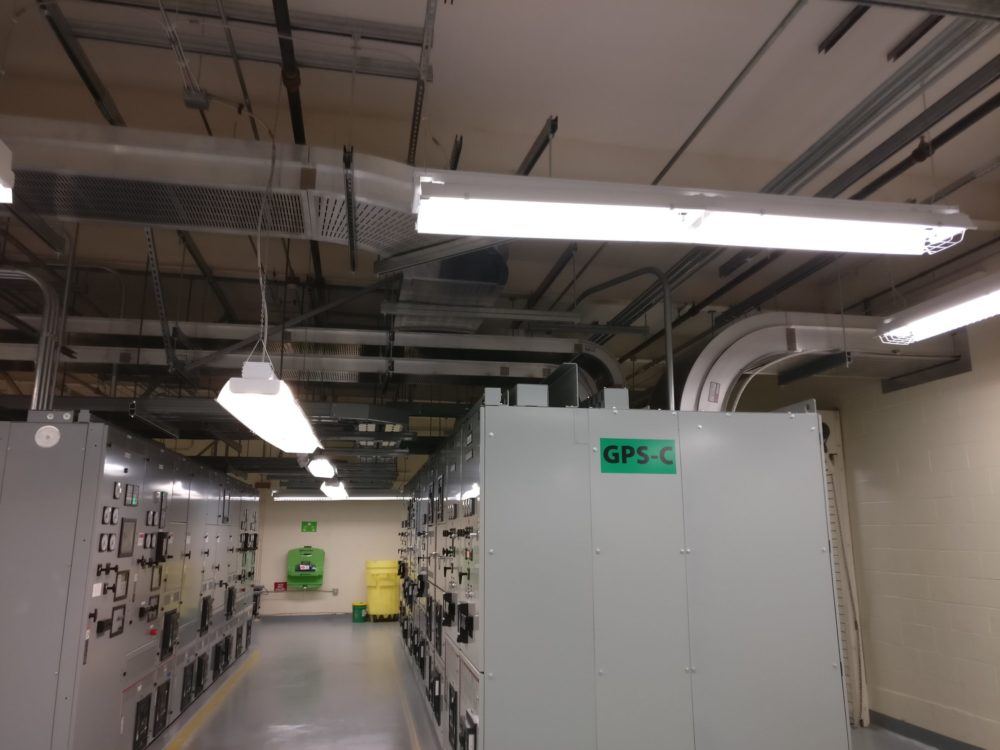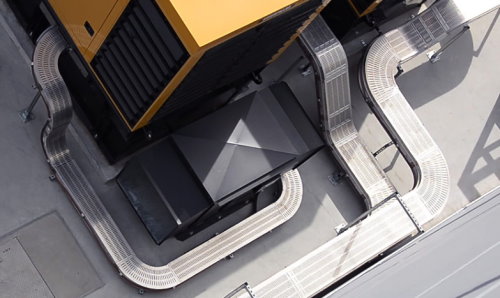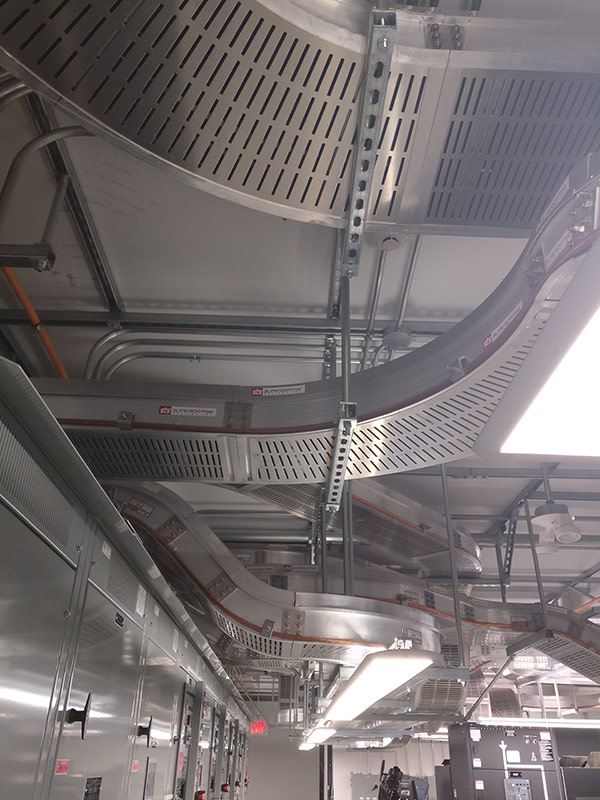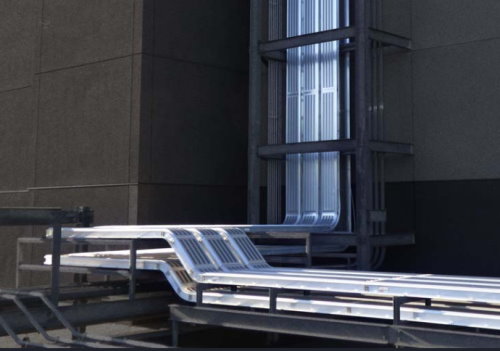Electric power equipment is used to get electric power from power-station generators, transformers, or converters in converter substations, and to appropriate it among different buyers.
Power distribution systems contain the following equipment, including electric switches, detaching switches, flow and voltage transformers, estimating instruments, transports, dischargers, and electric reactors. To permit the upkeep of the distribution equipment of the electric-power network without the interference of administration, the transport framework is separated into various components. This article looks at what comprises an electrical distribution equipment.
Learn More About Our Company:
ABOUT US | OUR PRODUCTS | CONTACT US
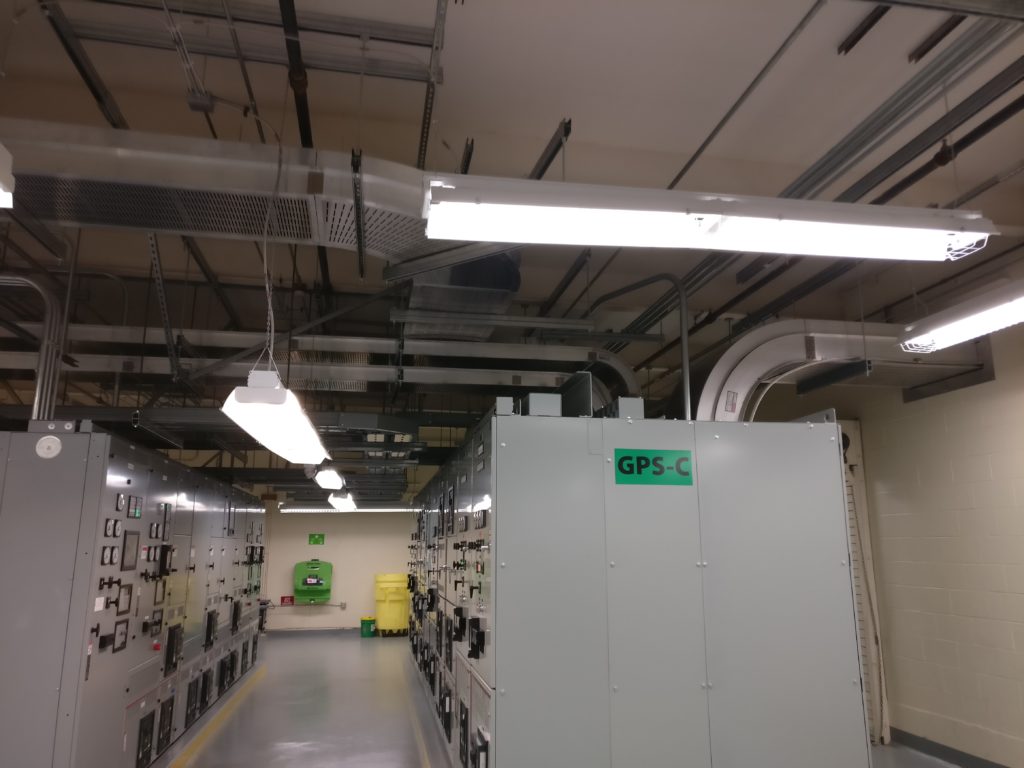
Lightning Arrestors
These are an important part of electrical distribution equipment since lightning is frequent especially during a heavy downpour.
Since lightning carries excessively high voltage current, lightning arrestors are used to lose that current ground, thereby preventing it from causing surges along the power lines. This explains the eventual power outages during storms because lightning at this time is usually very rampant and strong. For this reason, lightning arrestors should be more rapid than the insulating material used on the power lines.
In most cases, a two-valve lightning arrestor is used at substations. One end of the arrestor connects the transformer along the power line. With the other end of the arrestor connected to the ground. When lightning strikes, the excess voltage current is lost into the ground, instead of getting into the grid and this is how a smooth flow of current is maintained during a storm.
High Voltage Fuses
These are devices meant to protect the equipment and the power lines from frequent short circuits. For this reason, they are designed to handle very high voltage currents, usually over 600V. These fuses come in two types; the expulsion, a solid, and the liquid type of high voltage fuse. The expulsion type of high voltage fuse is fitted with an element that melts and vaporizes in case of an electric short circuit. This has the effect of opening the power line to which the fuse is connected.
The liquid type of high voltage fuse relies on a metallic case filled with liquid. Upon the power line being overloaded, the element melts and is immersed into the liquid to put out the arc. A solid high voltage fuse on the other hand has a solid metal casing where the melted element falls, in case of an overloaded power line, to put out the arching.
High Voltage Insulators
If naked power lines were allowed to transit electricity, this would create hazardous situations for the public. Electric steel towers and poles would be hazardous since they would all be electrically charged with high voltage current. For this reason, they must be coated with non-conductive or poor conduction materials to make it possible for them to be hoisted on the poles and towers. Among the materials used as high voltage insulation includes porcelain, thermoplastic, and rubber. However, the most popular, among this, is porcelain. This can be explained by its insulation properties that include the prevention of electrical arcs and supporting power lines in different weather conditions.
High Voltage Circuit Breakers
High voltage circuit breakers are designed to break the flow of a very large current that exceeds over 500,000V at a power substation. Electrical arcs are a normal phenomenon upon breaking any circuit and a high voltage circuit breaker is no different. To prevent large arcs occurring at the substation, high voltage circuit breakers come in different types; oiled compressed air type, and one without oil. A High voltage circuit breaker uses oil to immerse the already melted element during a power overload, and this prevents large arcs.
With a compressed air circuit breaker, a stream of compressed air is concentrated on the already opened contacts of the breakers, and this puts out the large arc caused by the breaker. Another type of breaker is the one that relies on magnetic blowout coils. Here, a strong magnetic field is created at the open contacts of the breaker and this helps prevent large arcs.
Being aware of how the electricity we enjoy in our homes is distributed is important because it is only then that we can use it in the right way. You cannot properly use something that you do not understand and this is why the discussion above was critical. You should always reach out to a certified and licensed electrician in case of electrical faults in your home. You should never try to fix electrical faults on your own since one small mistake could lead to serious issues like electrical fires, which could end up being detrimental. Relying on experienced and licensed electricians for all your electrical needs is one of the many ways to maintain your equipment for long-term service.
Interested in a Customized Cable Bus Power Distribution System for Your Project?
Call 253-579-4473 or Contact Us for a Quote.
Additional Resources
- What are Some Examples of a Bus in Electronics?
- What is the Difference Between a Busbar and a Feeder
- What are Relay and Busbar?
- Electrical Grids: What are Bus and Busbar?
- What is a Cable Tray? Define Their Types

